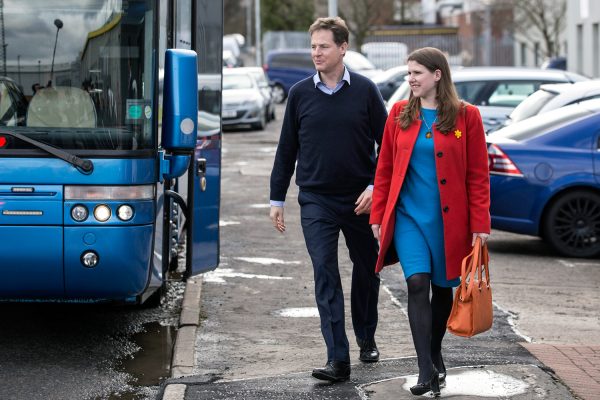
Britain’s Liberal Democrats were polling as high as 20 percent in September, when it seemed just possible they might beat Labour into third place. The projection now is they will end up with 11 percent support in the election on Thursday, up from 7-8 percent in the last two elections but still a far cry from the 22-23 percent Charles Kennedy and Nick Clegg won in 2005 and 2010.
Jo Swinson, the Liberal Democrat leader, even lost her seat in Dunbartonshire East to the Scottish nationalists by a margin of 149 votes. It means her party will need to find a fourth new leader in five years.
What went wrong?
Two problems
One problem is the British electoral system under which the party would end up with just 2 percent of the seats in the House of Commons. (Thirteen out of 650.)
Another was the Liberal Democrats’ policy to stop Brexit without holding a second referendum, which struck many voters as neither liberal nor democratic.
Split
These two factors conspired to convince many Brexit skeptics that Labour, once it threw its support behind a second referendum, was their best hope of keeping the United Kingdom in the EU.
But that split the anti-Brexit vote, allowing Boris Johnson’s Conservatives to prevail in prosperous southern constituencies the Liberal Democrats had hoped to flip.
